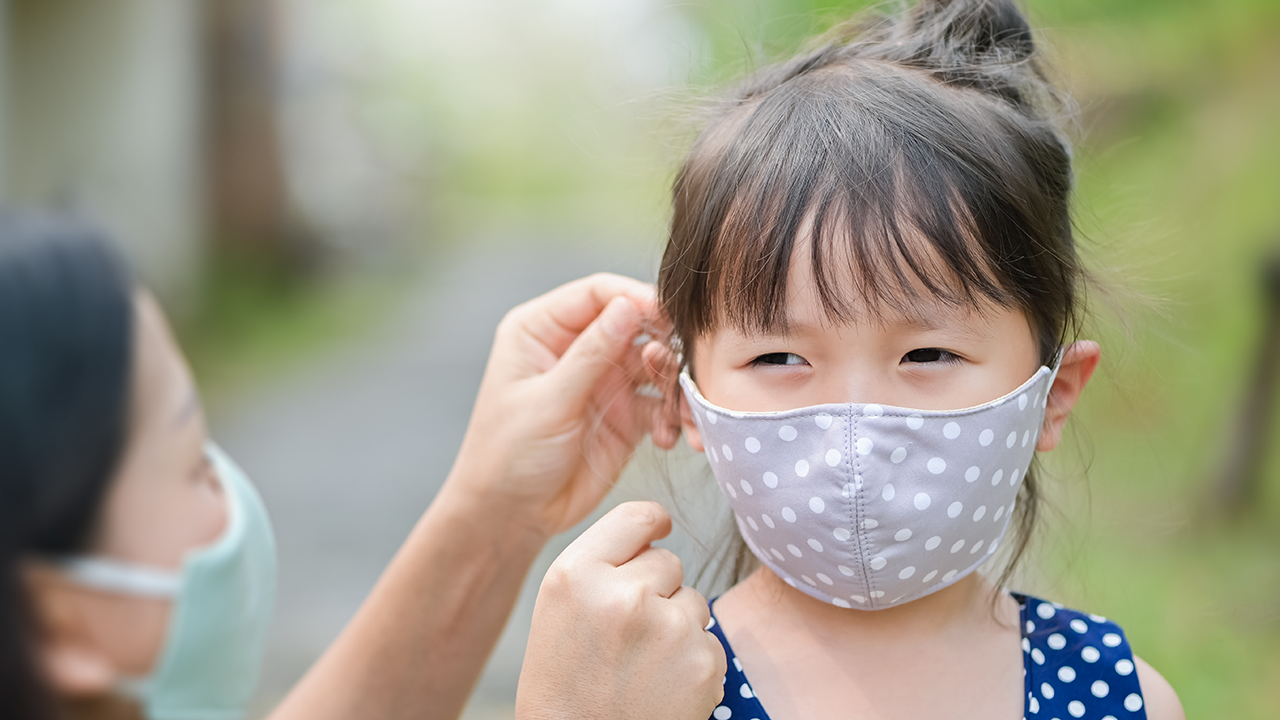Oregonians statewide are required to wear a face mask in all indoor, public spaces, effective July 1, 2020. This requirement applies to businesses and members of the public.
Face masks are one of our best weapons against the spread of coronavirus. Scientific studies prove that they serve as a critical tool in helping to keep people in our community protected.
At the beginning of the health crisis, many of us in medicine were only focused on masks as protection for the wearer – now, we realize that masks are important in protecting others, as well.
What we’ve learned in a short amount of time is that it is possible to have a COVID-19 infection and be asymptomatic, which means you may not know you are sick but you can easily spread the virus to others.
We need to focus on available scientific data about this new virus and accept new learning as it becomes available. The role of fabric masks is a great example of our evolving understanding.
Do cloth face masks really work?
A newly published study in the prestigious medical journal Lancet combined data from 172 studies across 16 countries on 6 continents to examine the effects of different types of masks on the risk of COVID-19 infection. A major finding of this study is that masks that cover the nose and mouth significantly decrease the risk of COVID-19 transmission.
Due to continuing severe shortages of N95 and surgical masks, people who are not medical personnel or first responders should wear fabric masks.
To use fabric masks safely and effectively:
- Wear the mask over BOTH your nose and mouth because respiratory droplets exit both your nose and mouth every time you speak, laugh, sing, cough or sneeze.
- The mask should fit closely to your face, with minimal gaps.
- Don’t touch the outside of the mask once it’s on your face.
- Wear a mask every time you are in public, especially when expecting to come closer than 6-feet to non-household members.
- After taking off your mask, wash your hands immediately to protect against any contamination on the outer layer of the material.
- Wash your fabric mask daily, either in a washing machine or in a bleach and water solution, then dry it completely before putting it on again.
There are some groups of people who cannot safely wear a fabric mask. Those include:
- Children under age 2 years.
- People with significant disabilities who are unable to remove their mask without assistance.
- Anyone with severe heart or lung disease who sees a medical specialist regularly should ask their cardiologist or pulmonologist about wearing a fabric mask.
Debunking misconceptions about cloth face masks
There has been a lot of debate over the usefulness of masks, and in that debate many misconceptions have surfaced. Let’s clear up some misinformation.
- Can fabric masks block oxygen from getting into your lungs or carbon dioxide from getting out of your body?
NO. Fabric masks are too loose and permeable to be dangerous in this way. Research studies of people wearing far tighter and more impermeable N95 masks while running on treadmills showed no inhibition of their oxygenation.
- Can coughing or sneezing into your own fabric mask make you sick?
NO. Those germs that you exhale into your mask were already inside of your body.
- Are fabric masks dangerous to children?
NO, not if the child wearing it is being supervised by an adult. The main concern with kids and fabric masks is getting the strings wrapped around their necks, which is why children should not wear them while sleeping.
Your providers at Eugene Pediatrics urge you to do your part to protect our community by wearing a cloth mask in public. That includes children age 2 years and older. And please encourage your friends to do the same. Together, we can help keep each other safer.

